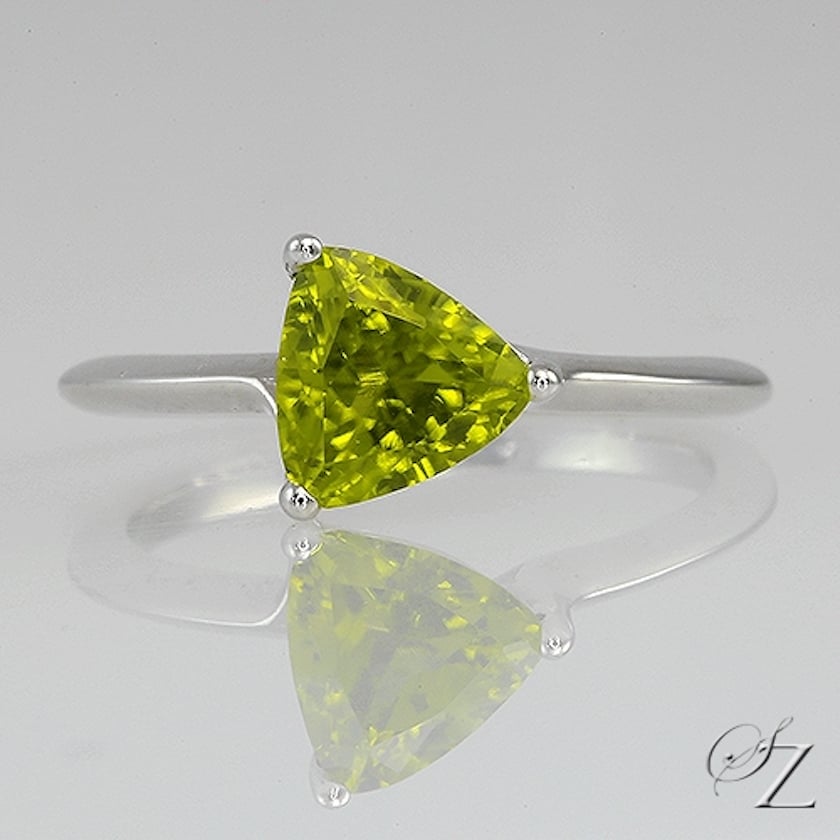Peridot Buying Guide
Master peridot buying with our expert guide covering quality evaluation, pricing secrets, jewelry considerations, and top global sources for stunning green gemstones.
8 Minute Read
Related Articles
Peridot Value, Price, and Jewelry Information
The modern August birthstone, peridot has been prized as a jewelry stone since ancient times. Always green in color but...
Read More
Do Emeralds and Peridots Look Good Together?
Although emeralds and peridots are both green gems, differences in shade might make it hard to pair them in jewelry....
Read More
Can Wearing Gems That Touch Your Skin Improve Your Health?
Will wearing gems that touch the skin of your finger bring you health benefits? Before you buy any ring stone,...
Read More
Peridot Polishing Survey Results
Popular jewelry stones, peridots can actually vary in hardness. Our IGS member survey results can help you choose the right...
Read More
Latest Articles
Opal Buying Guide
Our opal buying guide can help you learn how opals are graded, what to avoid, and how to identify a...
Read More
Amethyst Sources Around the World: The Geological Story Behind These Purple Gemstones
Discover how amethyst forms in volcanic regions worldwide. Learn what makes Brazilian, Uruguayan, and other sources unique, and the geological...
Read More
Brazilianite Value, Price, and Jewelry Information
Brazilianite's lovely green to yellow colors make it a must for gem collectors. Large faceted stones are often flawed, but...
Read More
Ruby-Glass Composites vs Leaded Glass Clarity Enhancements
Ruby-glass composites and leaded glass ruby clarity enhancements are difficult for gemologists to detect. Learn how to identify these gems...
Read More
Never Stop Learning
When you join the IGS community, you get trusted diamond & gemstone information when you need it.
Get Gemology Insights
Get started with the International Gem Society’s free guide to gemstone identification. Join our weekly newsletter & get a free copy of the Gem ID Checklist!
